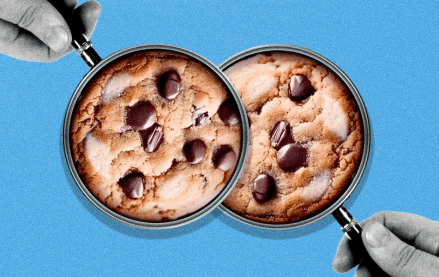How Joshua Lowcock is bringing his refreshing perspective to brand safety
The best truths are the ones everyone knows to be true but nobody really talks about. In the swirl of activity surrounding brand-safety crises, those in digital media knew what the real underlying cause behind the problem was: the clients, who continued to prefer cheaper environments to run their ads in despite the risks.
Which was why when Joshua Lowcock, UM’s first global chief brand-safety officer, says as much, it’s like a breath of fresh air. Lowcock, who was appointed to the role late last year, is also the first exec on a new Advertiser Protection Bureau at the 4A’s, an industry response to the continuing brand-safety crises faced by advertisers on platforms. He is charged with changing decades of behavior for clients to accept that brand safety comes at a cost, and that it needs to be a priority, which often means fighting what he calls an “industry bias,” sometimes driven by procurement toward buying and evaluating media on the lowest price. That means helping them balance across all dimensions, including ROI and safe environments, plus privacy compliance.
“He has a unique ability to be an advocate and champion, yet push and challenge the industry with his compelling arguments and perspective, all while being the most liked person in the room,” says Robin Steinberg, the former evp at SparkFoundry Publishing Investment.
In the past couple of years, YouTube has served ads for major advertisers alongside Nazi and pedophilia content multiple times, Facebook has been under fire for ongoing brand safety concerns and Twitter accounts like Sleeping Giants have made taking screenshots of ads alongside hateful and bigoted content a popular and effective pressure tactic. But it’s been a spiral — public relations nightmare followed by big talk about pulling back from platforms to, ultimately, not much happening at all.
For Lowcock, the issue isn’t a failure of technology, necessarily: It’s a straightforward realization that when it comes to brand safety, more advertisers need to put their money where their mouth is. As pressure to make the most out of every marketing dollar arises, brands are caught in the place of trying to do things cheaper — and brand safety is actually pretty expensive.
“There are also still far too many advertisers who are reactive rather than proactive on brand safety – which is why I don’t yet have people with equivalent roles or responsibility to me on the client side,” says Lowcock.
More in Marketing

With the introduction of video ads and e-commerce, Roblox looks to attain platform status
Roblox is expanding into more areas than just ads in 2024. Much like platforms such as Amazon and Facebook have transcended their origins to evolve from their origins as online marketplaces and social media channels, Roblox is in the midst of a transformation into a platform for all elements of users’ virtual lives.

PepsiCo wants to remain a ‘driver of culture’ as it turns to influencers and activations amid rebrand
The soda-maker says it can translate cultural relevance into sales volume.

‘It hasn’t changed our plans’: Despite Google’s cookie setback, Vodafone presses forward in search for alternatives
Vodafone is working with Adform in its search for alternatives to third-party cookies.





